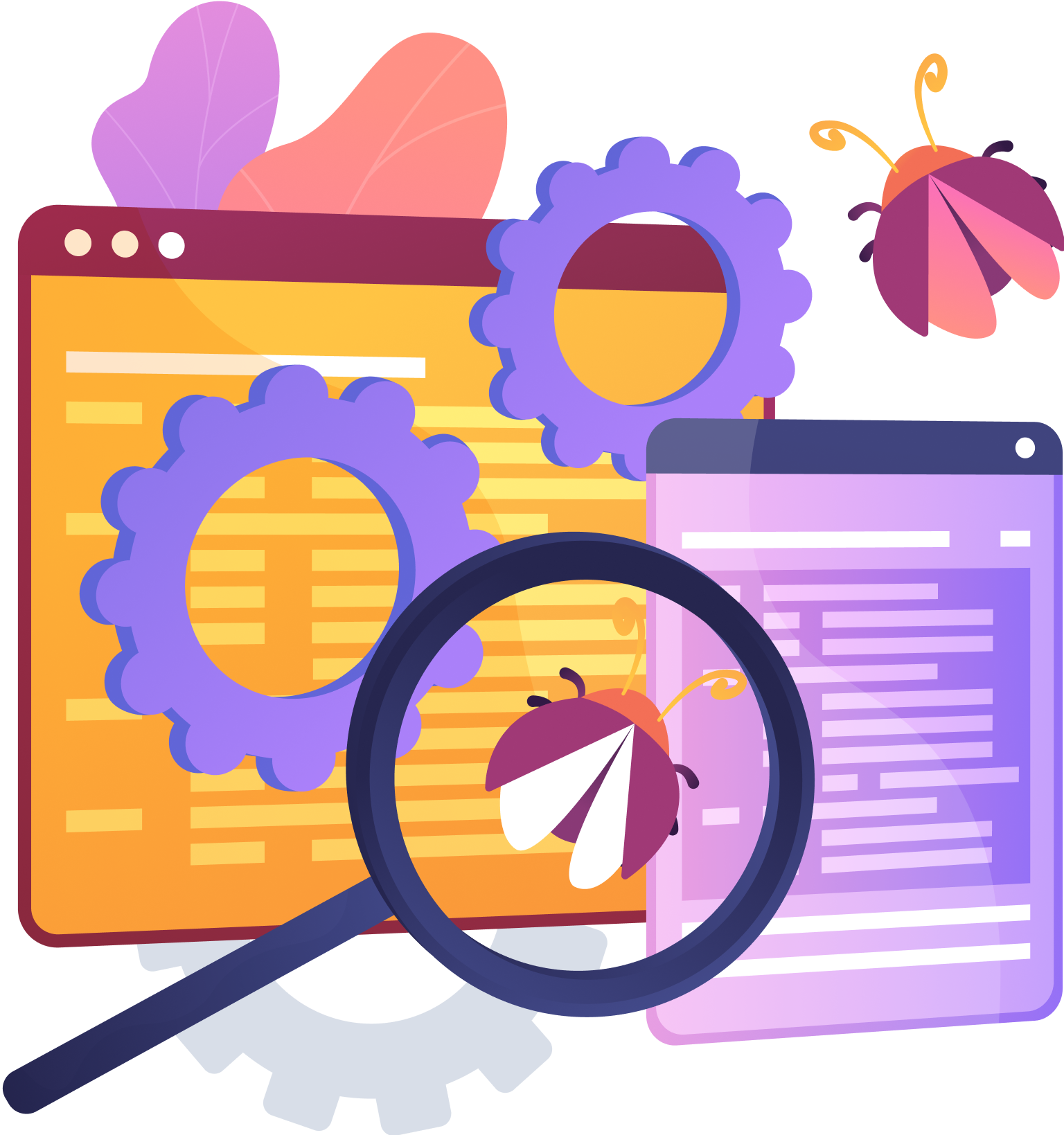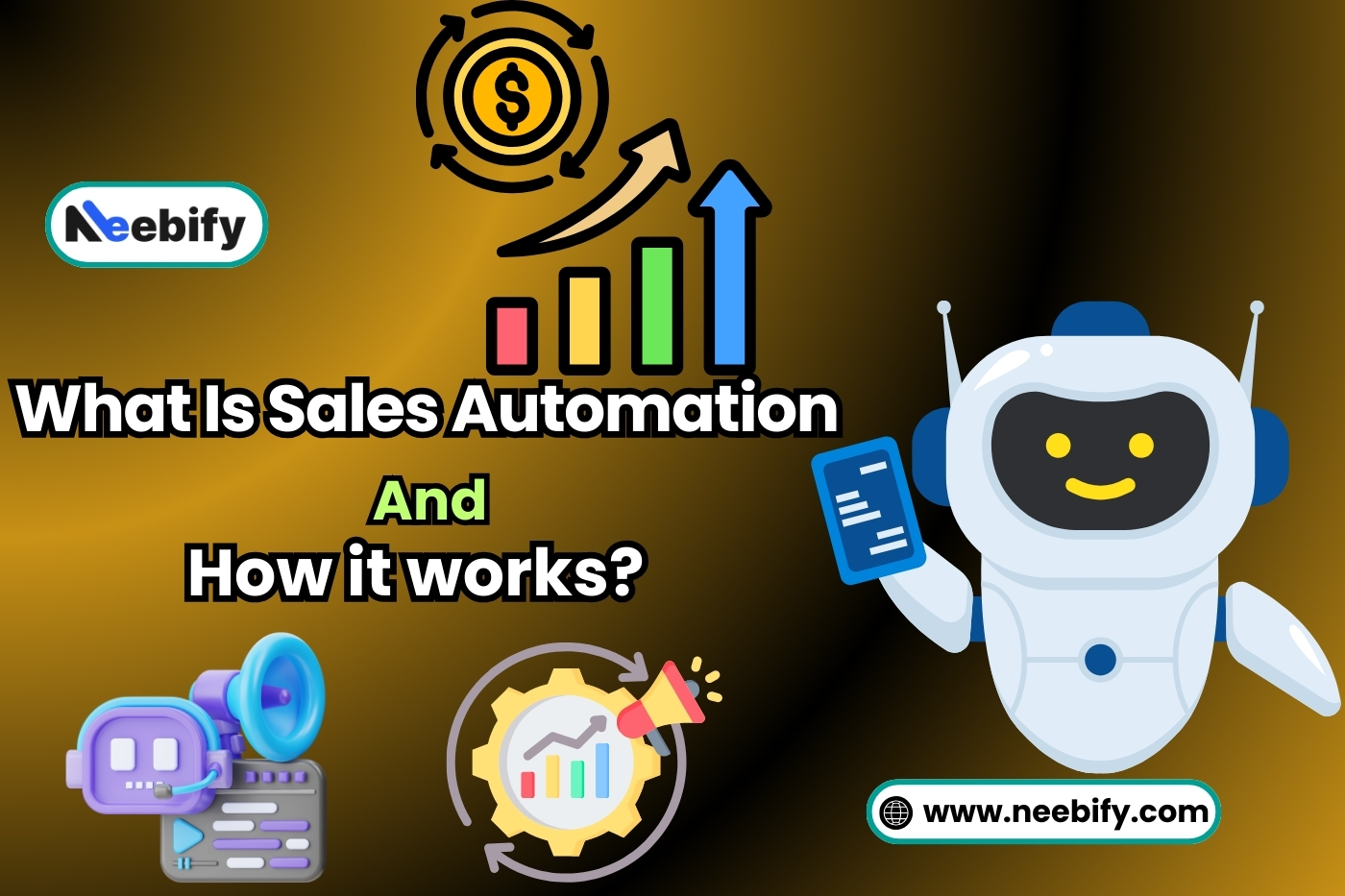The Ultimate Guide to Salesforce Integration - Types & Benefits

Undoubtedly, the most widely used CRM system in the world is Salesforce. In order to increase their efficiency and client relations, businesses are implementing salesforce integration services and solutions. It is used to access data from several sources, including any third-party applications one uses in the company.
Many businesses use Salesforce third-party integration as a cloud-based CRM to get extra features and functionality to open new opportunities.
What Is Salesforce Integration?
The fundamental goal of integration in Salesforce is to combine the functionality and data of Salesforce with other third-party apps. It is done so that users may have a unified experience, adopted by businesses to boost productivity and increase client engagement. Thus holding a sizable 22% market share in the US$57 billion worldwide CRM solution market.
Users of Salesforce frequently have difficulties transferring data across different platforms and moving between them while carrying out specific tasks. With a Salesforce connection, you may use a centralized platform to work on and be freed of this difficulty.
For instance, if you integrate Salesforce with PayPal, you may utilize Salesforce org as a payment gateway.
Different Ways To Integrate Salesforce
Systems connecting with Salesforce may group into Interface, Business, and Data Integrations.
1. User Interface Integration
User Interface salesforce integration lets users work with records, list views, actions, favorites, and more. Through this connection, the end-users will have a uniform interface to access the application and several additional functionalities.
2. Business Logic Integration
Users handle Inbound and Outbound functionality using various Salesforce connectivity technologies to manage business logic across many apps. It also creates end-to-end business processes with a productivity increase and describes your company's core.
3. Data Integration
Establishing a centralized data bank that can only be accessed by authorized staff is crucial to successful business performance. For this form of integration, no code is required. However, it could integrate data with APIs such as SOAP API or Rest API Integration.
Salesforce Integration – Types
Salesforce offers several simple ways to incorporate data into your company's operations. They are Real-Time Integration, Batch Integration, Real-Time Mashups, and Salesforce AppExchange.
1. Real-Time Integration
Real-time integration excels in queue management and error handling since it is more suitable and presents fewer difficulties. It enables data copying into a different system, regarded as the ideal integration type for coordinating sales.
2. Batch Integration
Batch data synchronization is a great way to efficiently import and distribute large amounts of data. A company can take contact info from its CRM and transfer it to Salesforce from an outside source.
3. Real-Time Mashups
Real-time mashups are operating to store large files across multiple apps, making them accessible when needed through Salesforce. Real-time Mashups are strongly advised when creating customized User Interfaces in Visual force. It is because they are typically confined to quick interactions and tiny amounts of data.
4. Salesforce AppExchange
In Salesforce AppExchange, many apps are available, including various built-in apps, advisors, and solutions. It is a premier Salesforce cloud marketplace for businesses.
Salesforce Integration – Benefits
Many companies need to plan and strategize to become digitally transformed. For success in the digital age, businesses must alter behaviors, standards, personnel training, and attitudes. Ditching past practices, modifying cultural customs, developing staff, and shifting mindsets are essential.
CRM users can access all the salesforce integration with third-party applications. If you find any reputable Salesforce CRM consulting company, it's essential to inquire about the advantages of their company to consider.
1. Manual Automation Of Data
2. Minimizing The Need To Code.
3. East Data Access
4. Get Insightful Reports
5. Improved Customer Services
6. Improved Online Sales
7. Single View Of Customer Data
8. Strengthen Customer Relationships
9. Better Resolutions Of Issues
10. Ease Of Managing Customer Data
Conclusion
The above explanation has correctly proven that Salesforce integration has improved the efficiency and productivity of various companies worldwide. We all should be thanks to its unique features and templates, which have proactively integrated their services with the 3rd party applications or external systems.









